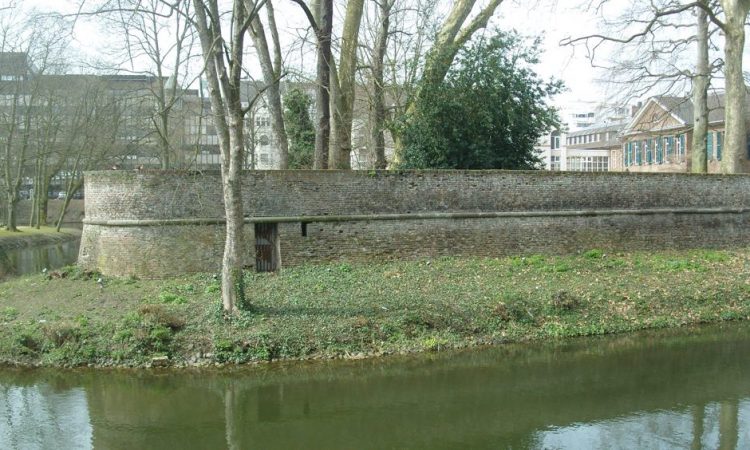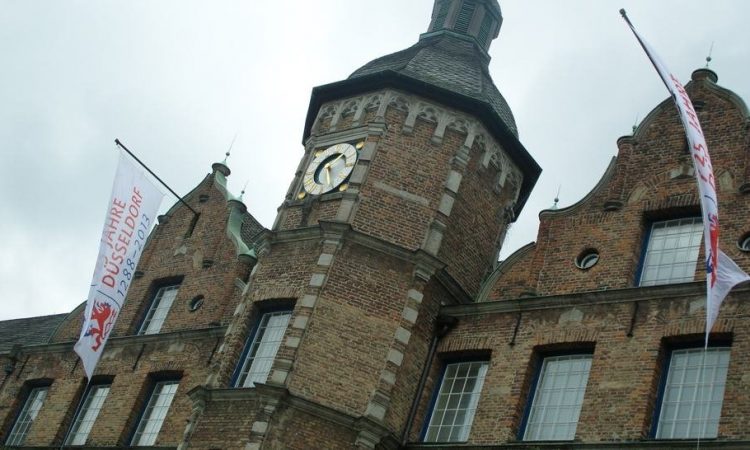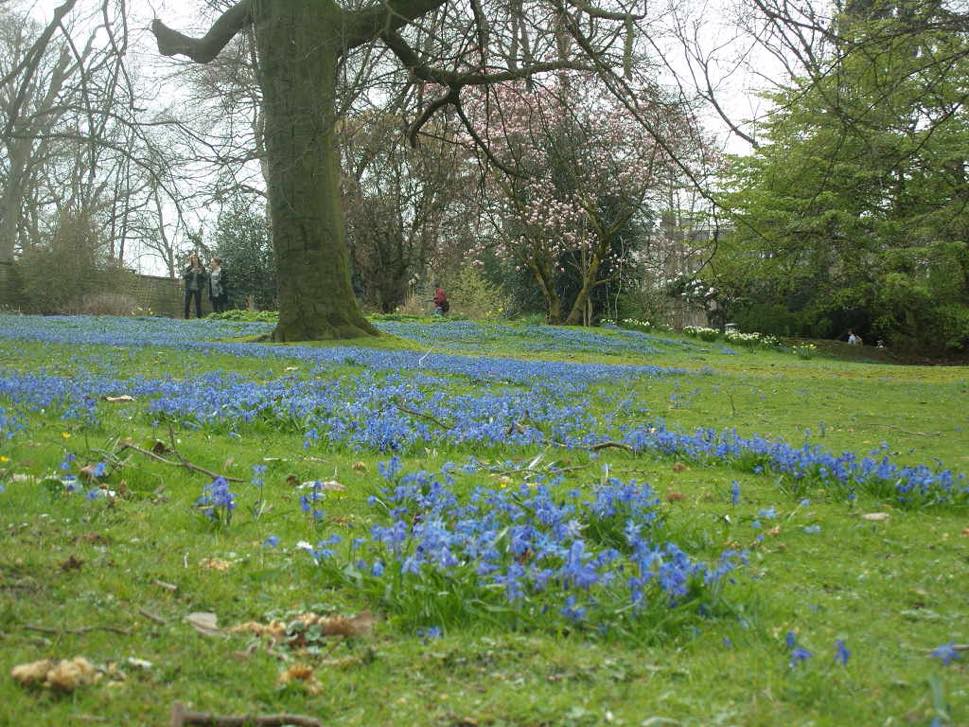City Topics
LOCAL HISTORY IN DÜSSELDORF


Famous neighbours lived long, long ago where clear waters flow from a spring some thirty-five kilometres away from the city. They form a narrow brook that meanders towards the west. Weaving its way through the valley of Neanderthal, it twists and turns on its short journey through pleasant, lush countryside. Nearing its destination, the rivulet widens before disappearing much of the time underground and separating into five arms. Finally, they pour into the majestic river Rhine.
Düsseldorf is located where a settlement was founded that took its name from those timeless waters. This is, literally, the village on the Düssel, as the small river is known. The city was recognised as such over seven centuries ago and has been the seat of government of the state of North-Rhine Westphalia for seventy years. Today, it is a highly desirable place to live.
Early days
While evidence of those famous neighbours, the Neanderthals, can still be viewed today, they were destined to be wiped out by the Homo Sapiens. Fast forward tens of thousands of years and we see the expansion of the Roman Empire across Europe and the creation of a military fortification in 16 BC. The settlement on the confluence of the rivers Rhine and Erft, with the name of Novaesium or Castra Novesia is today the neighbouring city of Neuss.
Later years
Groups of Germanic tribes remained in many areas along the Rhine and it is known that a small village was located where the Düssel met the river Rhine. Düsseldorf was first mentioned during the twelfth century while nearby Kaiserswerth became an important fortification. However, a period of power struggles between the Archbishop of Cologne and Count Adolf VIII of Berg culminated in the famous battle Battle of Worringen revealing a new destiny for the village on the Düssel. Granted privileges by the Count in 1288, Düsseldorf was destined to experience a magnificent period of prosperity and importance.
A century later Düsseldorf was made regional capital of the Duchy of Berg,. Over time, city walls and impressive buildings were erected, parklands designed and important art collections gathered together in galleries, creating a pleasant local society. Hard times were destined to return, seeing Napoleon and his influence arrived in the city and the city becoming part of Prussia. The industrial revolution became a saviour, enabling the city to boom again during the nineteenth century and beyond into the twentieth to include the dual tragedies of military conflict struck.
Historical consequences
The city of Düsseldorf once again became a regional capital in 1946 when the new federal state of North Rhine Westphalia was created. Years of renewed development, raised importance in a regenerated Germany and a growing European movement followed. As the administrative seat of several successful corporations, the city has also benefitted from increased globalisation.
By Vincent Green, Jul 31 2020

PARKS IN DÜSSELDORF
Düsseldorf became known as the garden city in the eighteenth century when Johann Wilhelm II, Elector of Palatinate, chose the city as his royal capital. Today, residents can enjoy several beautiful parks, splendid gardens and expansive woodlands.

WALKING IN DÜSSELDORF
A great way to get to know Düsseldorf is to take an inspiring and rewarding walk, allow impressions to cause a pause, interact and allow details to remain more memorable. Admiring quaint side streets, strolling the promenade, the riverside or numerous woodlands bring joy to the soul.
Society & Folk
Society and folk in Germany is often hotly debated and opinions divided. However, anyone who has experienced the hospitality offered in this culture knows more. Germans are more laid back than first meets the eye. Life in Germany as a whole and Düsseldorf especially is peaceful.




